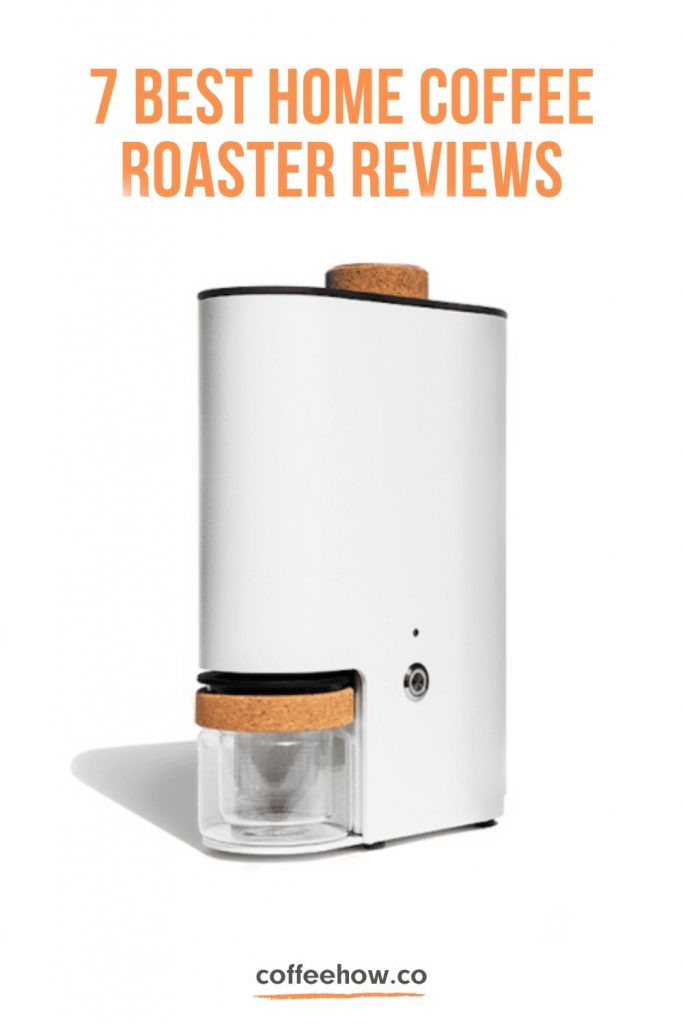fbq('trackCustom', 'view_shop_gear'); var trackEvent = 'shop_gear'; Coffee plants, also known as Coffea Arabica is a…
You love coffee. You carefully select your coffee beans, grind precisely to the correct grind size, and are careful about the brewing process.
What more can you do?
Well, if you love being involved in all the intimate processes of perfecting the brew in your cup, it’s time to enter the world of roasting coffee.
Here we review some of the best home coffee roasters and give you information to get you started on that journey.
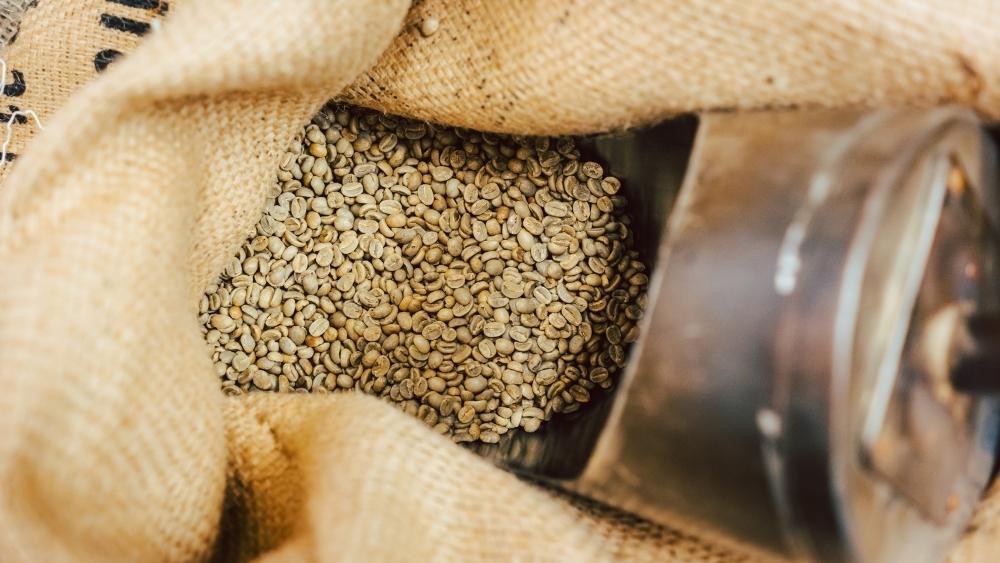
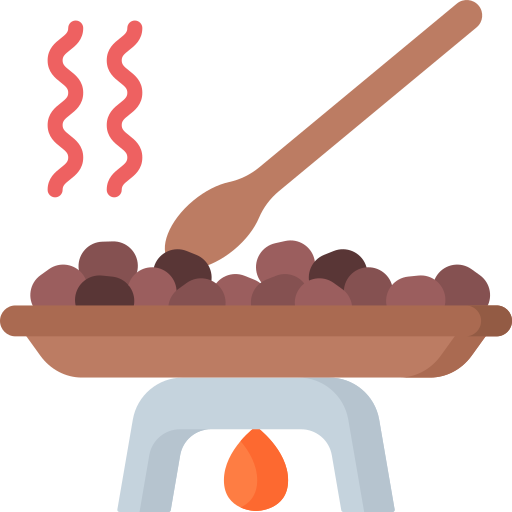
Sure, you can buy perfectly good roasted coffee. So why bother with the equipment, mess, and effort to roast your own? Here are three reasons why.
The main reason why you should roast coffee at home is freshness. Coffee is at its peak about one week to 10 days after roasting. If you happen to live close to a coffee roaster, then you could make a trip every week. Or you could have fresh roast delivered every week. But with both these methods, you still may not have your coffee in that ideal age range.
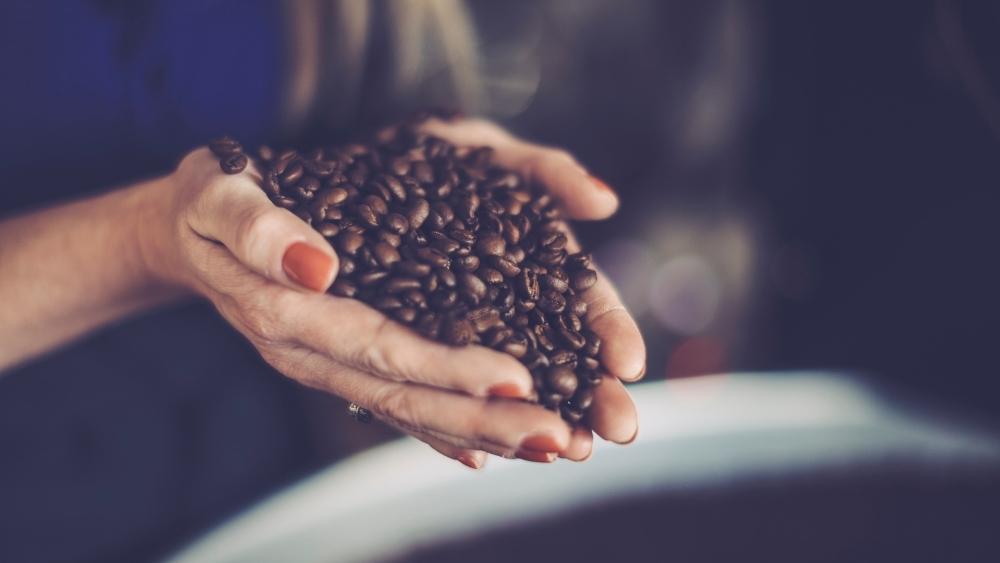
Cost is another reason to start roasting coffee at home. You can buy green coffee beans for less than half of what it costs for roasted beans. You can quickly recover your investment even if you go with an expensive home roaster.
Roasting your own coffee gives you total control over how the brew will be in the cup. You can fine-tune your preferred coffee varietal with your favorite roast profile. You can even create your own blends. Plus, how cool would it be to gift one-of-a-kind roasted coffee to friends and family!

The range of prices and features of coffee roasters may be surprising. To help you decide, we gathered the best home coffee roasters and break down the pros and cons of each one.
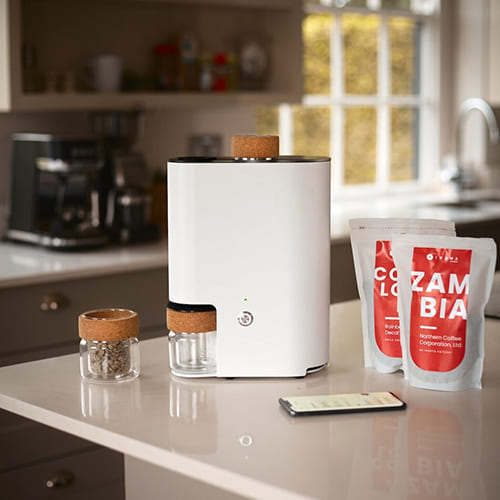
If you're serious about coffee roasting, then this is our top recommendation. The key to this air roaster machine is the programming via an app designed for the iPhone or iPad. Once set up, a few taps on your mobile device will get the roaster going. You can have freshly roasted coffee in as quick as 10 minutes. IKAWA offers an online library with a number of roast profiles.
This coffee bean roaster has two major drawbacks. The first is the price. While it may be out of reach for some home roasters, they do offer convenient payment plans.
The second drawback is that, according to IKAWA's website, the app is only available for iOS. Considering that the whole roasting process is centered around the app, that's a serious shortcoming. We did find an app for this machine on the Google Play Store for Android devices, but support for the app may be limited.

If you want ultimate control over the nuances of coffee roasting, then this machine will fit the bill. Nothing is automated, so you have complete control over the entire process. While it may not be ideal for the casual roaster, this Kaldi coffee bean roaster will let you fine-tune your roast profile.
Kaldi is a Korean company that offers both commercial and home coffee roasting equipment. Highlights of this model include a flame arrest system and a 2mm thick stainless-steel drum with 3mm perforations. You can turn the drum with the handle or use the power converter to allow the motor to turn the drum at 30 rpm. All these features combine to give you evenly roasted coffee. A sliding tray under the drum catches the chaff for easy cleanup.
The unit is housed in 304 stainless steel. It does not have a heat source, so you will need to place it over a flame. You can use this inside on a gas range, but you'll need a vented hood to prevent smoke from filling your house. You may want to use this outside or in an open garage over a portable stove. The Kaldi Wide roaster comes with a thermometer and sampler to keep track of the process.

This Behmor coffee roaster will appeal to a wide range of people. It offers full control for the experienced roaster, yet it also has pre-programmed settings so the beginner can get started right away. It's a handy, all-in-one unit that looks a bit like a large toaster oven.
To use, you simply set the amount of coffee, profile, and program. The variable-speed drum keeps the beans circulating for uniform roasting. The different profiles are set to different types of beans, such as harder Guatemalan or soft Jamaican beans. The smoke reduction system gives the coffee a cleaner taste. For advanced users, you can alter these profiles, or create your own.
This machine can roast about a pound of coffee at a time. One potential drawback of this coffee bean roaster is its inability to make a dark roast. It can roast up to Full City.
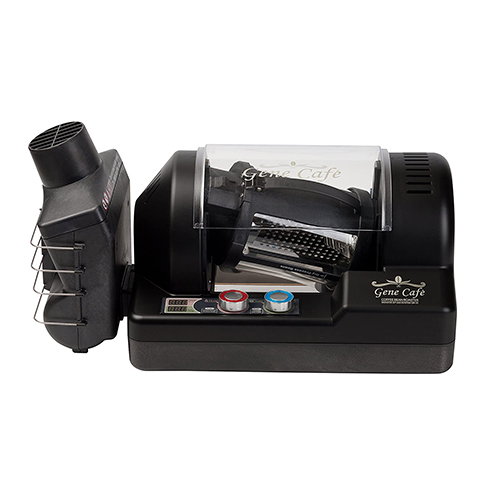
This is a popular home roaster that's been around for over 10 years. Its unusual tilt-axis drum helps ensure an even roast. The beans are fully visible at all times. This means you can continuously monitor the results and hit the Cooling button if needed before the timer goes off.
The Gene Cafe is easy to use. Simply set the temperature and time. The rotation of the beans is moderately noisy, so you'll need to listen closely to hear the first crack.
While this machine does offer smoke reduction, darker roasts may still emit a fair amount of smoke. You may want to use it near a hood fan or window. Some also suggest fitting a hose to the exhaust and venting the smoke out of a window.

This is an attractive small coffee roaster. It is primarily made of wood and glass. Yes, it has a glass drum. It uses infrared heat, so there's no need for a stainless-steel drum.
While there is no mention of a smoke reduction system, there is very little smoke produced. That is probably because of the infrared technology.
This small coffee roaster is easy to use. It has dials to set the time and temperature. This gives you the power to tailor your roasting profile and adjust the temperature at any time in the process. But we should note that this may not be the best option for the beginner. It does not include any preset profiles, so you'll need to do some research first.

This is a solid, entry-level home coffee roaster. It's an affordable way to try out roasting your own green coffee beans. It's also a natural progression if you've been using a hot air popper.
This home coffee air roaster works similar to a hot air popper, but with a number of features designed just for roasting coffee. One benefit is the chaff collector located at the top of the unit. Another key component is the adjustable fan. It's plenty powerful to keep the beans moving for even roasting. You can change the fan and temperature at any time during the roasting process. It also has a cooling setting that you can employ at any time.
The biggest drawback is its lack of smoke suppression. You'll want to use it near an open window or under the hood vent on your stove.

The title of this article says the six best home coffee roasters. So why do we have seven entries? While this isn't actually a coffee roaster, it works surprisingly well to roast green coffee beans! We wanted to include it because many people start roasting coffee with an inexpensive popcorn popper. We feel this popper has advantages over a hot air popper.
You can use this popper over a gas or electric stove. You can also use it over an open fire or a bar-b-q grill. These outdoor options are good because it has no smoke suppression system.
The popper has a stainless-steel stir paddle at the bottom of the pan. You rotate this via the wooden handle and knob. By continuously cranking the handle, you'll get an even roast. When you use a stove as the heat source, you do have some control over the temperature. However, that control is not precise, so it will be difficult to replicate a batch that you're especially fond of.
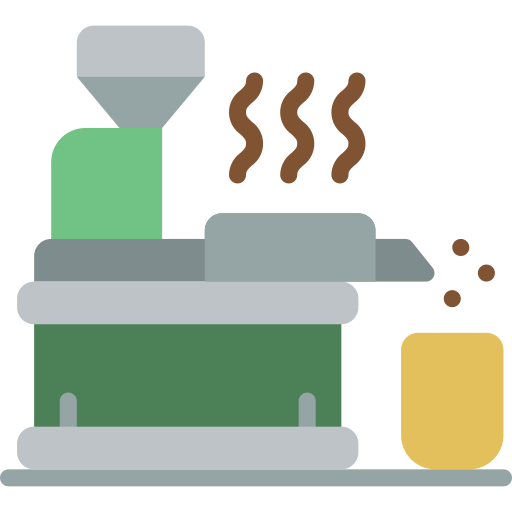
A key component to achieving the perfect roast is circulation. The coffee beans need to be in motion so that all sides are roasted evenly. There are two main ways of achieving this: forced hot air or a rotating drum.
Some roast masters actually got their start with popcorn poppers. The most common method is to use a hot air popper. This can work for very small batches, but the air pressure is usually not great enough to move a large amount of beans. Direct-heat poppers, such as the Great Northern Popcorn Stainless Steel Stove Top Popper, can handle a larger amount of coffee beans.
This type of coffee bean roaster is quite similar to the hot air popcorn popper. It uses forced, hot air to apply direct heat and continually circulate the coffee beans. With a hot air coffee roaster, the force of air is strong enough to move larger batches of beans than with a popcorn popper. They also may have features such as temperature modification, fan adjustments, timers, chaff collectors, and cool-down cycles.
This is typically the type used in commercial roasting operations, but you’ll also find a number of models designed for the home market. It uses indirect heat applied to the drum. The drum rotates continually to circulate the beans. This type of home coffee roaster will often have some type of paddle to ensure all the beans are mixed evenly.

So, you’ve decided you want to try your hand at roasting your own coffee. Where do you start? Here’s we’ll break down some of the key components to look for. We hope this helps you decide which features you need and which you can do without.
Not all coffee roasters include their own heat source. It can be difficult regulating temperature if it’s not integrated with the coffee roaster. Some of these roasters without a heat source will include a temperature gauge, but it’s up to you to manually control the flame or electric stovetop. If you’re looking for fool-proof roasting, you might want to look for one with the heat source included.
The cost of coffee roasters for home will vary widely. Your budget and commitment will guide your choice here. You would probably get better results with a high-end machine that costs over $600. But some affordable options for around $200 or less can provide very good, reliable results. Of course, you can also try your hand with a cheap hot air popcorn popper from a thrift store.
Think about how much coffee you drink in a week. If you’re the only one drinking coffee, you can get away with a 100-gram and roast about once a week. If you go through a lot of coffee, a smaller capacity roaster means you’ll spend considerable time roasting multiple batches in a week. Keep in mind that many roasters allow you to roast several batches in a row, while others require a cool-down period.
The best home coffee roasters offer precise controls over temperature, circulation, and cooling. If you want to be able to tweak your roast profile, you’ll want a model with a digital thermometer and a way to directly control the heat. These usually require near-continuous monitoring. That means that it will also require more of your time. If you’d prefer to just turn it on and let the coffee roasting machine do the work, look for models that have full profile automation.
Do you want to roast your coffee from the comfort of your home? Then you may want to look for a model with smoke suppression. Some of the models reviewed here may be best to use outside or in a well-ventilated space (such as the garage with the door open.) If you want to save money and skip the suppression models, then you may need to stick with lighter roasts. The darker you go, the more smoke you’ll get. A really dark roast can overwhelm the hood vent on your stove and fill your house with smoke.
Quick cooling is just as important as proper heat application. The beans will continue to roast even after the heat is removed, so you don’t want to ruin that perfect batch by fumbling the cooling time. Some fully automated machines include a cooling cycle. With others, you can interrupt the heat cycle with cooling at any time. If your coffee roasting machine doesn’t include a cooling function, then need some method to quickly cool the roasted beans.
As the coffee beans tumble and dry out, little papery bits will naturally flake off. The air may soon be filled with the little floaty bits that will settle everywhere. If you don’t want to spend a lot of time doing cleanup, you’ll want some form of chaff collection. Some hot air models will have this at the top with the hot air exhaust. Drum models may have some kind of tray underneath the drum.

You have your roaster; now what? First, you’ll have to secure some green coffee beans. You can approach your local roasting company to see if you can purchase some green beans from them. You’ll also find many excellent coffee importers that sell green coffee beans. Here are the basic stages that the green coffee beans will go through.
As the beans heat up, they will slowly change color to take on a yellowish hue. You may note a grassy smell, and soon steam will be released from the bean.
As the beans expand, you will hear a cracking sound. It may sound similar to popping corn. This indicates that the sugars in the bean are caramelizing. Most roast levels are between the first and second crack. The beans will still look dry.
As the beans continue to roast, you’ll notice oils appearing. You will also hear a louder crack. At this point, your coffee beans have achieved a dark roast. Be careful to not go much past the second crack. They can burn quickly and ruin the whole batch.
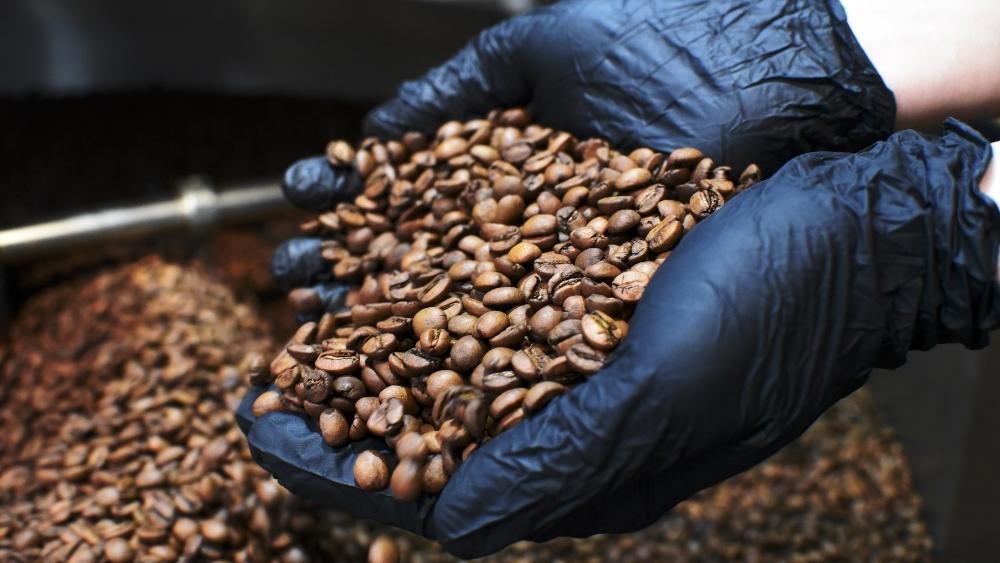
Some coffee roasters have an automatic cooling cycle. If yours doesn’t, you need a way to cool the beans quickly. Here are two easy and affordable ways. One is to simply transfer the beans back and forth between two colanders. Turning on a fan nearby will also help. Alternatively, you could get a cooling rack to spread the beans in a single layer.
As much as we sing the praises of freshly roasted coffee, there is such a thing as too fresh. Carbon dioxide builds up in the beans during the roasting process. The beans start releasing carbon dioxide immediately after roasting. That’s why coffee often comes in bags with a one-way valve. In general, you want them to sit between two and 12 days, depending on the type of bean and roast level. Rushing this degassing process can result in uneven saturation and a less than ideal cup of coffee.
But don’t wait too long after roasting to store the beans! After about a week, beans stored in the open will begin to lose flavor and aroma. Seal the beans in an airtight bag away from the heat.

You’re probably already familiar with the different roasts, but here we’ll look at it from a roaster’s point of view. Roasters rely on not just color, but also on texture, sound, aroma, and internal temperature.
A light roast is pulled from the roaster just before or during the beginning of the first crack. The beans will have a light brown color and a dry surface. The internal temperature will be around 350 to 400 degrees.
Roasts in this spectrum might be called light city, half city, or cinnamon. The coffee will have a thinner body, high acidity, and less sweetness. At this point, the differences in the types of beans are most noticeable.
Beans for this roast level are pulled from the coffee bean roaster around the middle to the end of the first crack. At this point, they will be brown yet still have a dry appearance. Temperature-wise, the beans will be between 410 and 430 degrees.
Roasts in this range might be called city, city plus, American, or breakfast. These coffee beans will produce a more balanced cup in terms of acidity, sweetness, and body. The aroma will be strong. You’ll still be able to detect the flavor notes particular to that type of coffee bean.
The time between the beginning and end of the first crack is very short, so you’ll need to pay close attention if you want a specific roast within this range.
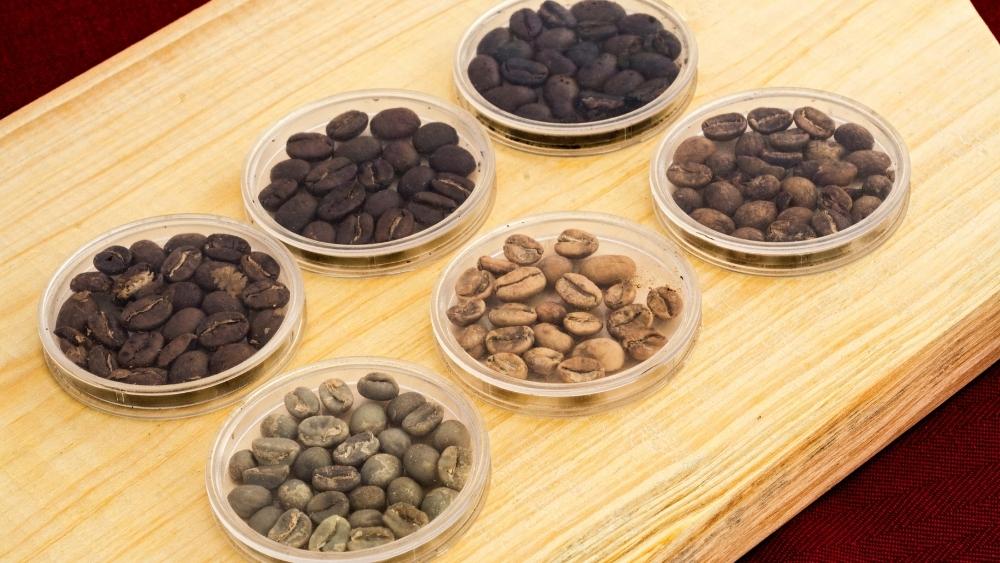
The temperature range for this roast level is about 435 to 445 degrees, right around the end of the first crack. These beans will have a rich brown color. At the higher end of this roast, the beans will likely have some oils on the surface.
Coffees in this range might be called full city, full city plus, Vienna, or Continental. Some might even call it light French. At this point, the roast flavor will be more prominent, but you’ll still notice some differences between coffee varieties. In this cup, you’ll start noticing more bitterness along with the sweetness.
The aroma will be very strong, and the drink will have a full body. While you’ll have at least a little smoke throughout the earlier process, at this point it becomes very noticeable.
Dark roast starts around 465 degrees, right at the start of the second crack. You’ll want to be careful to not go above 480 degrees as the beans will start to burn and can catch fire. Dark roast beans range from dark brown to almost black and will be quite shiny.
Roasts in this range might be called espresso, Italian, or French. A dark roast brew will have considerable bitterness but very low acidity. By this point, the difference between varieties of coffee is almost non-existent.
Once you reach this stage, the aroma will be less the darker you go. Also, the body of the brew becomes thin. This is because the aromatic compounds, oils, and soluble solids have all burnt off.

This will vary greatly between roasting equipment, type of bean, how it was processed and desired roast level. Even decaf of the same varietal may take a different amount of time than the leaded version. But in general, it will usually take between eight and 10 minutes in the roaster. Of course, that’s not counting the time it takes for setting up, measuring, cooling, and cleanup.
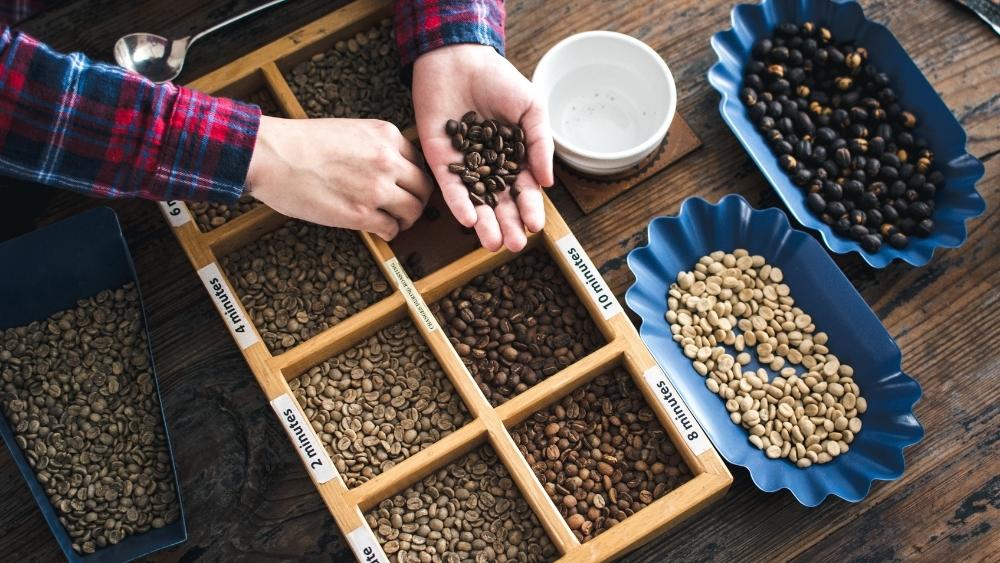
A home coffee roaster machine is a device designed specifically to roast coffee. It may or may not have a heat source, timer, or other controls.
You will need to consider what type of coffee you want to make as well as your budget. If you’re new to coffee roasting, you’ll also need to decide how much time and energy you have to study and learn about the process. Once you know these things, this guide should help you decide which coffee bean roaster to buy.
Commercial coffee roasters cost many thousands of dollars, but you can find affordable home coffee roasters for much less. If you’re on a shoestring budget, you could even pick up a hot air popper at a thrift store.
Entry-level coffee roasters are usually in the range of $150-$300. For your higher-end home roasters that will give predictable results time after time, expect to pay at least $500.
It can be. You can find a pound of green coffee beans for less than half of what you pay for roasted beans. To decide if it’s worth it, you’ll need to factor in your time and cost in terms of electricity or gas.
If you yearn to be involved in all stages of coffee, the cost of the roaster can be made up fairly quickly. But if you’re not prepared to devote time and energy to the process, you will end up with less than perfect roasts and the cheaper cost per pound may not be worth it.
The main danger of roasting coffee is fire. If you’re not careful, the coffee beans can catch on fire. Also, if you’re using a wooden cooling rack, if the beans are dark roasted it can burn the rack.
The other danger would be smoke inhalation, especially if you’re going for dark roasts. If your home coffee roaster does not have smoke suppression, be sure to work in a well-ventilated area if you’re going beyond the lightest roasts.
You’ll want your fresh roast beans to sit for at least 12 hours at the bare minimum, but it’s better to go for a full 24 hours to a few days. If you don’t, the rapid degassing when you pour the hot water will disrupt the brewing process, leaving you with under-extracted coffee.
After degassing, you’ll want to store your coffee beans in an airtight container away from light. Even when stored properly, coffee will start to lose its freshness in about 10 days. After two to three months, the coffee will taste stale.
As much as we harp on using freshly roasted coffee, you don’t want to use your coffee beans directly from the roaster. You need to allow them time to degas before using.
Most coffee shops do not roast their own coffee. They will have a relationship with a roaster to regularly receive freshly roasted beans. However, more and more, coffee shops, especially chains, are delving into the roasting side of the coffee experience.
Our pick for the best home coffee roaster is the IKAWA Smart Home Coffee Roaster. Thanks to their mobile app, you can dial in a pre-programmed roast profile and get perfectly roasted beans your first time. While the price of the roaster is pretty high, your chance of failed batches is very low.
lf your budget is super-tight, or you’re not sure if you’ll enjoy roasting, we recommend the Great Northern Popcorn Stainless Steel Stove Top Popper. You can usually find this popper for under $50. Worst case scenario, if you don’t enjoy roasting coffee as much as you thought you would, you’ll end up with a great little popcorn popper!
If you’re already a coffee connoisseur, then the next logical step may just be trying your hand at roasting. With this guide, you should be able to find the best coffee roaster to suit your specific needs. Happy roasting!
